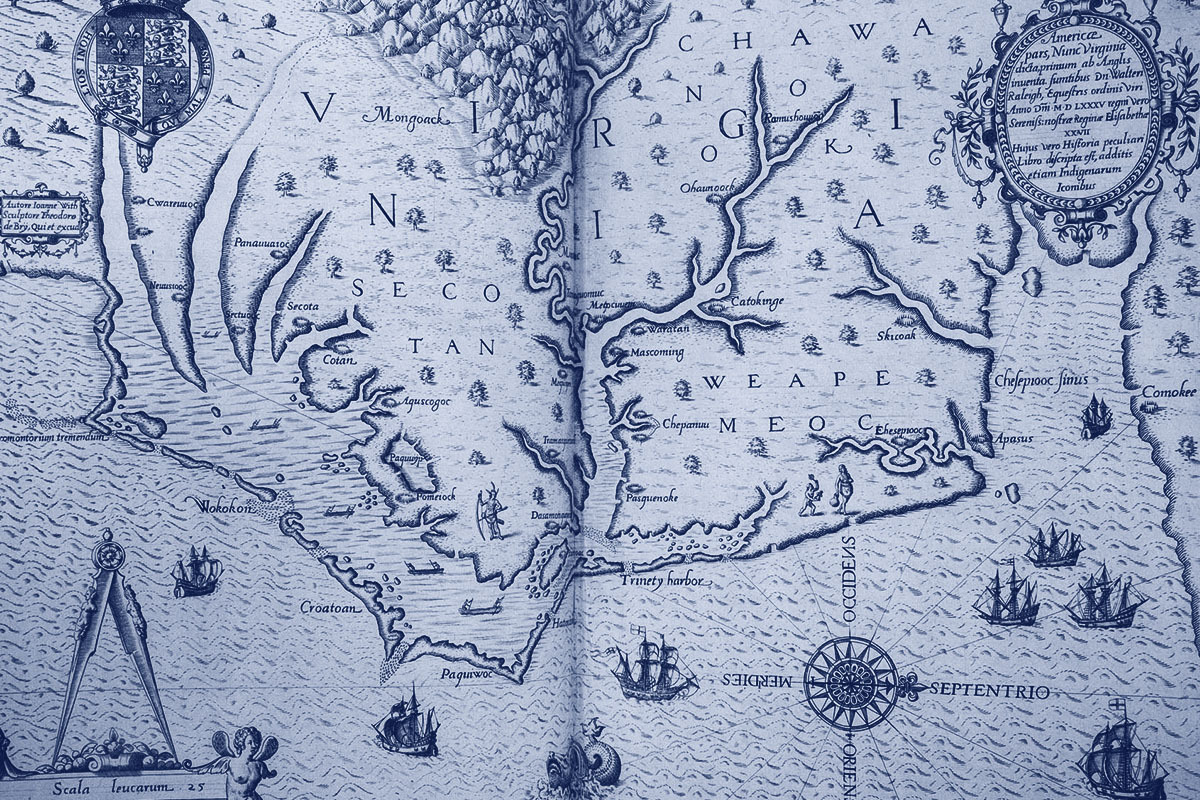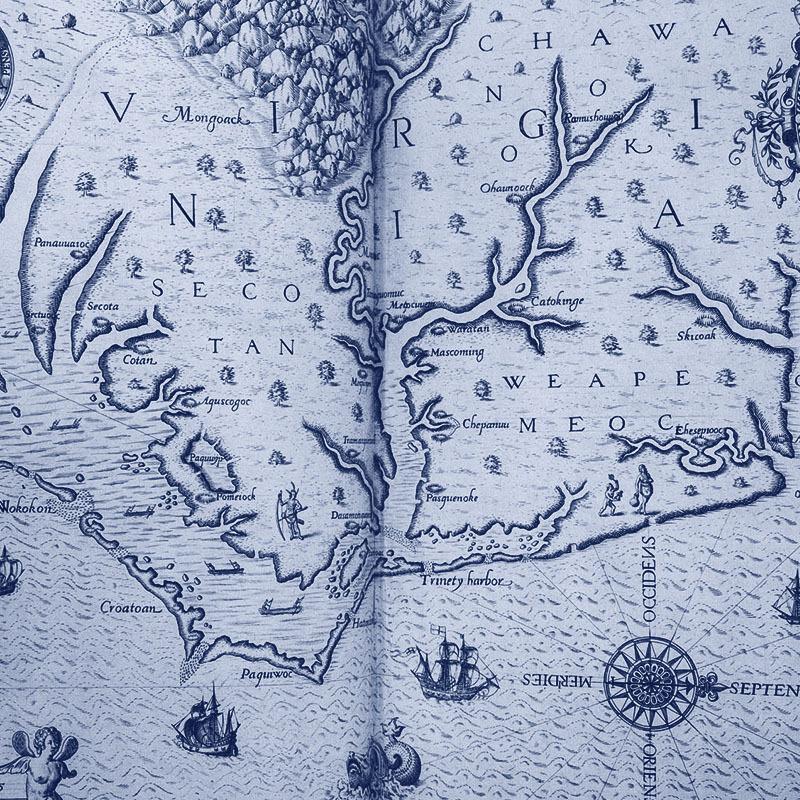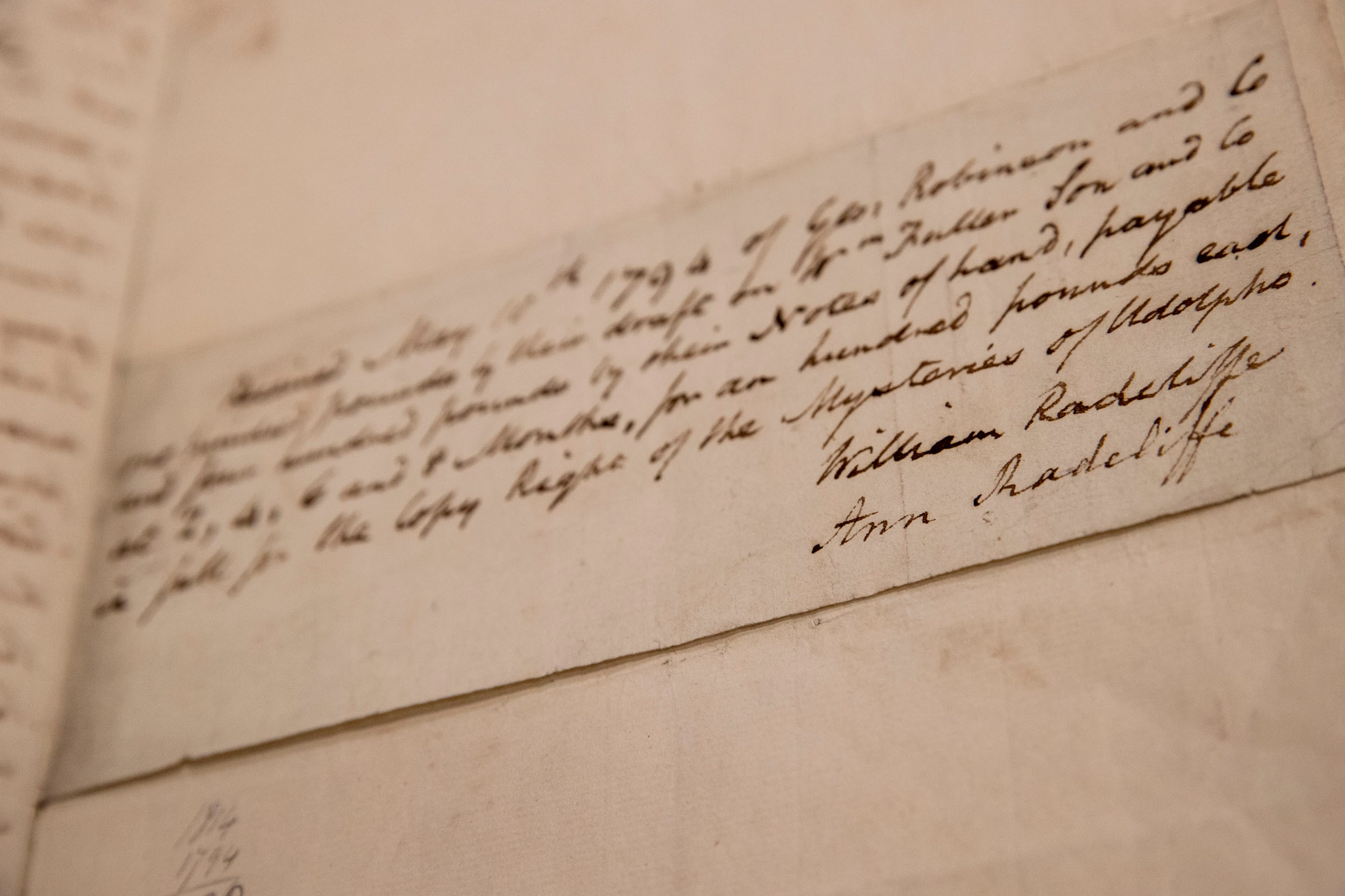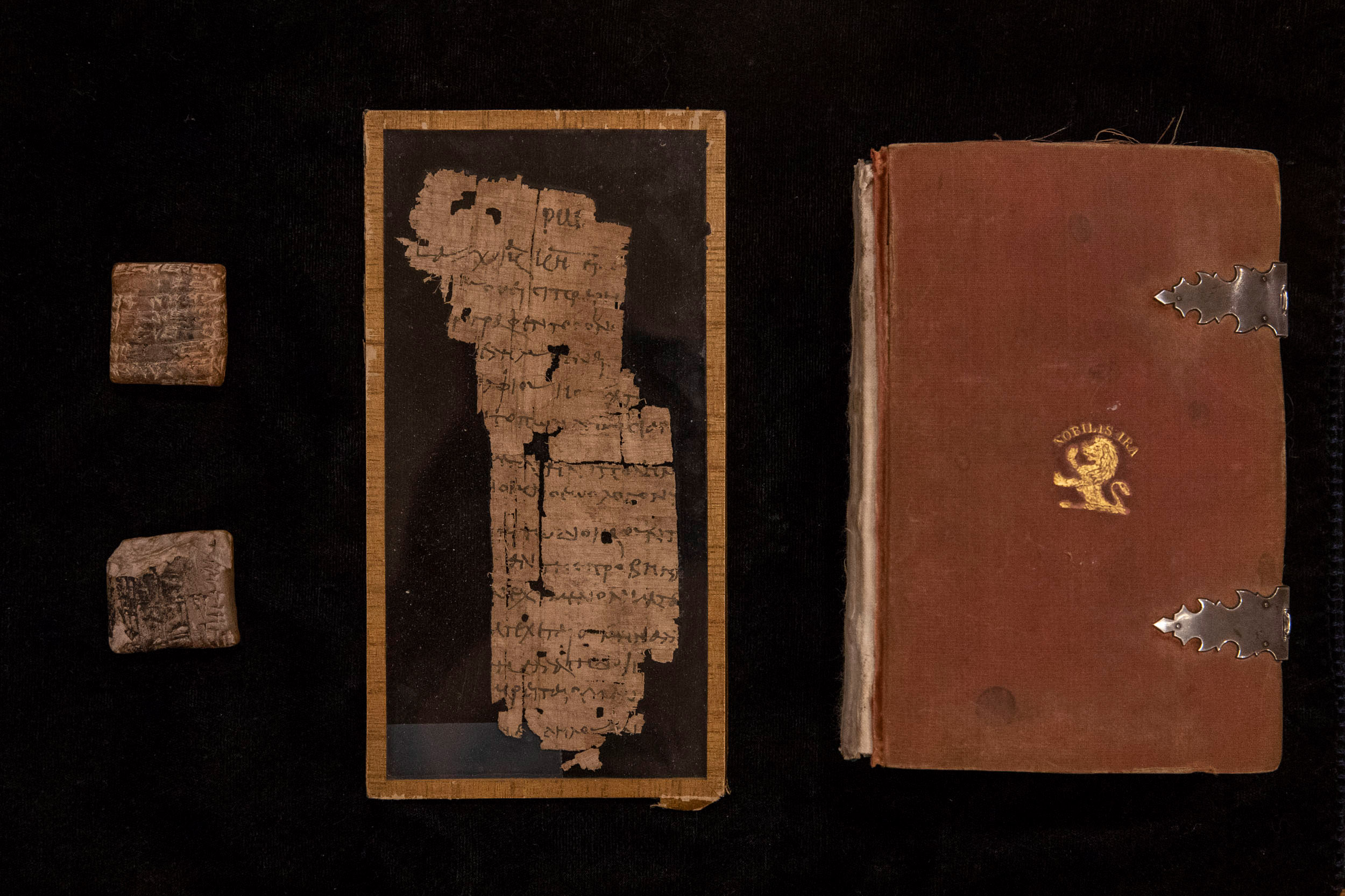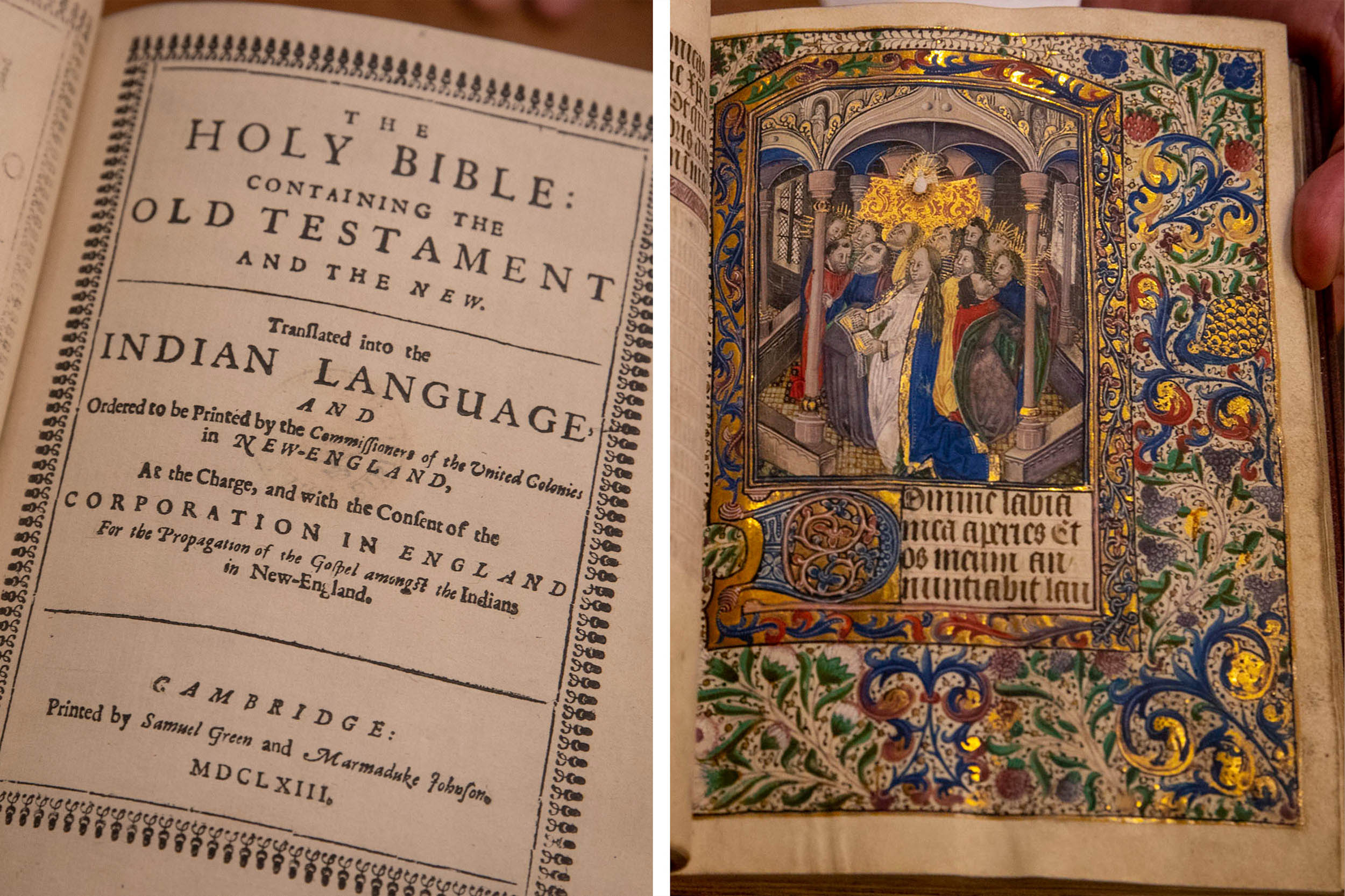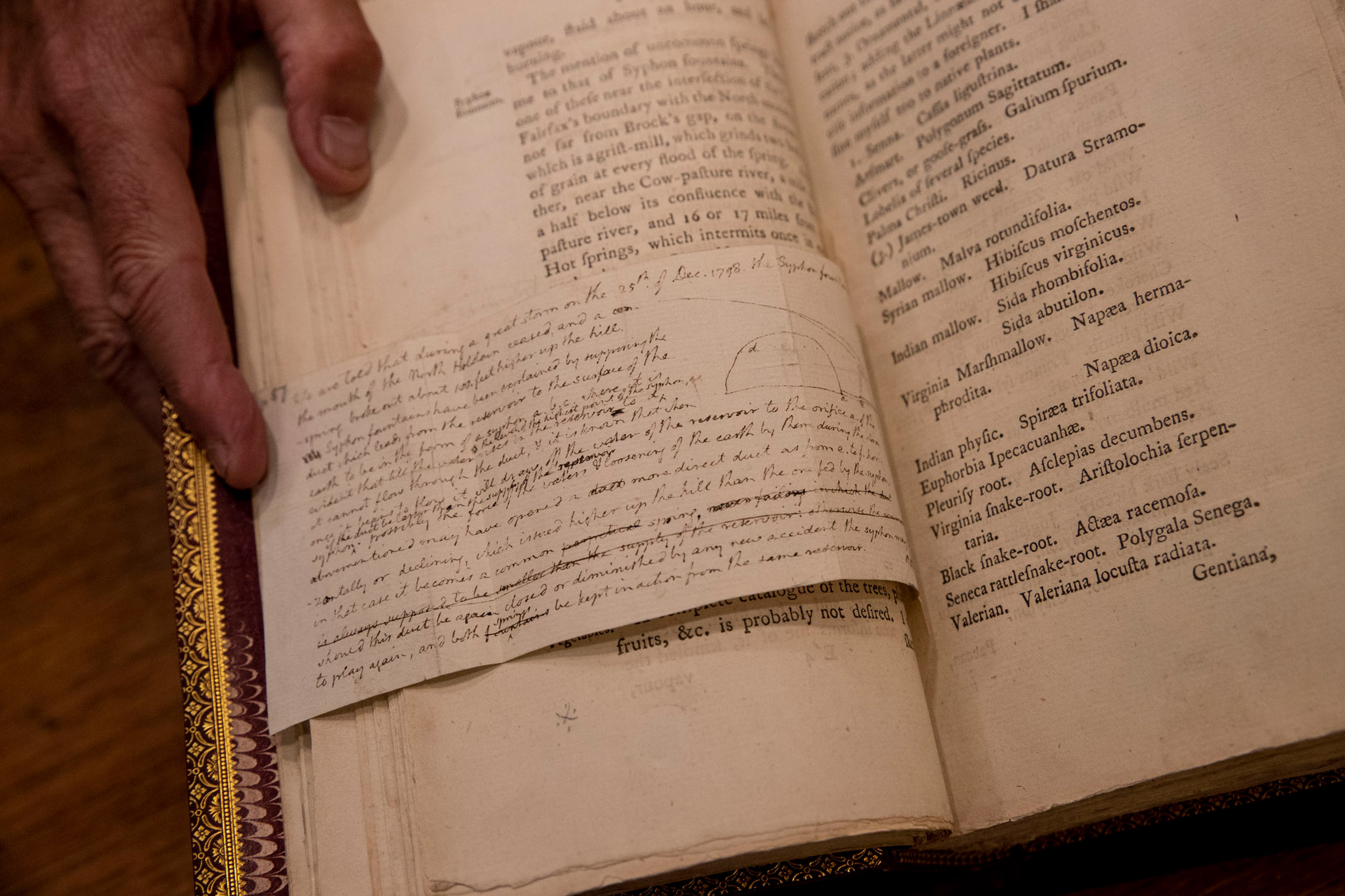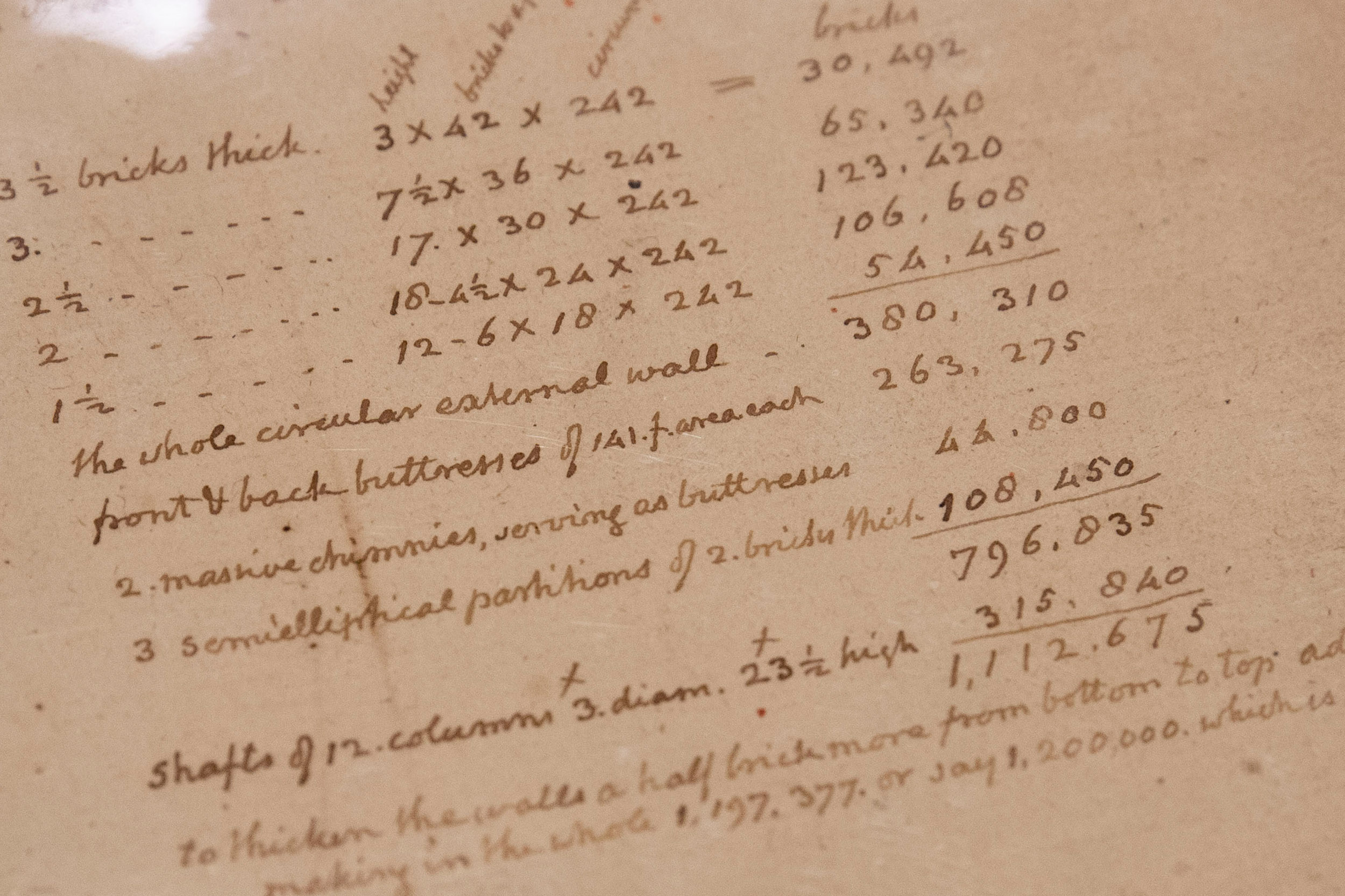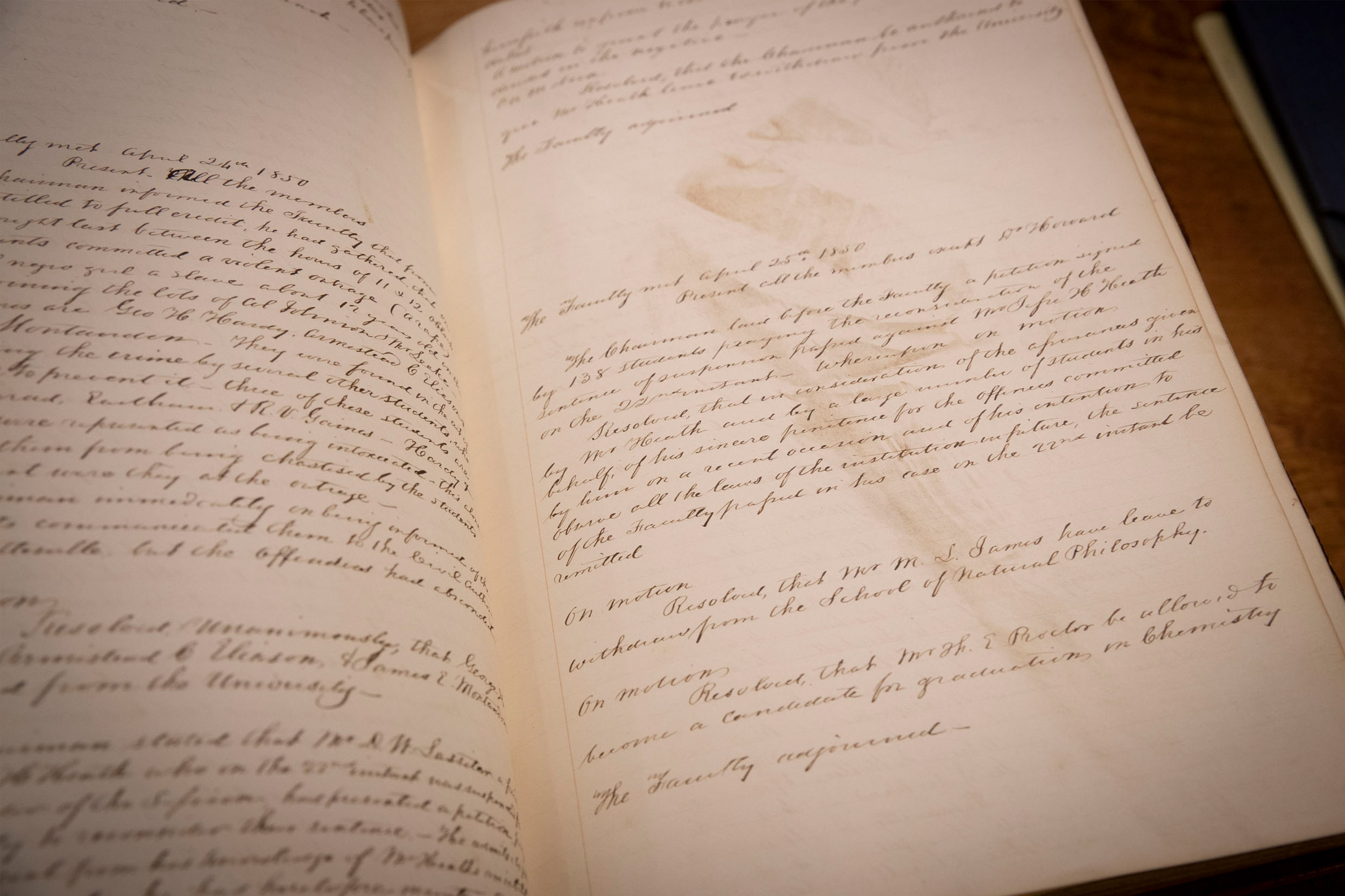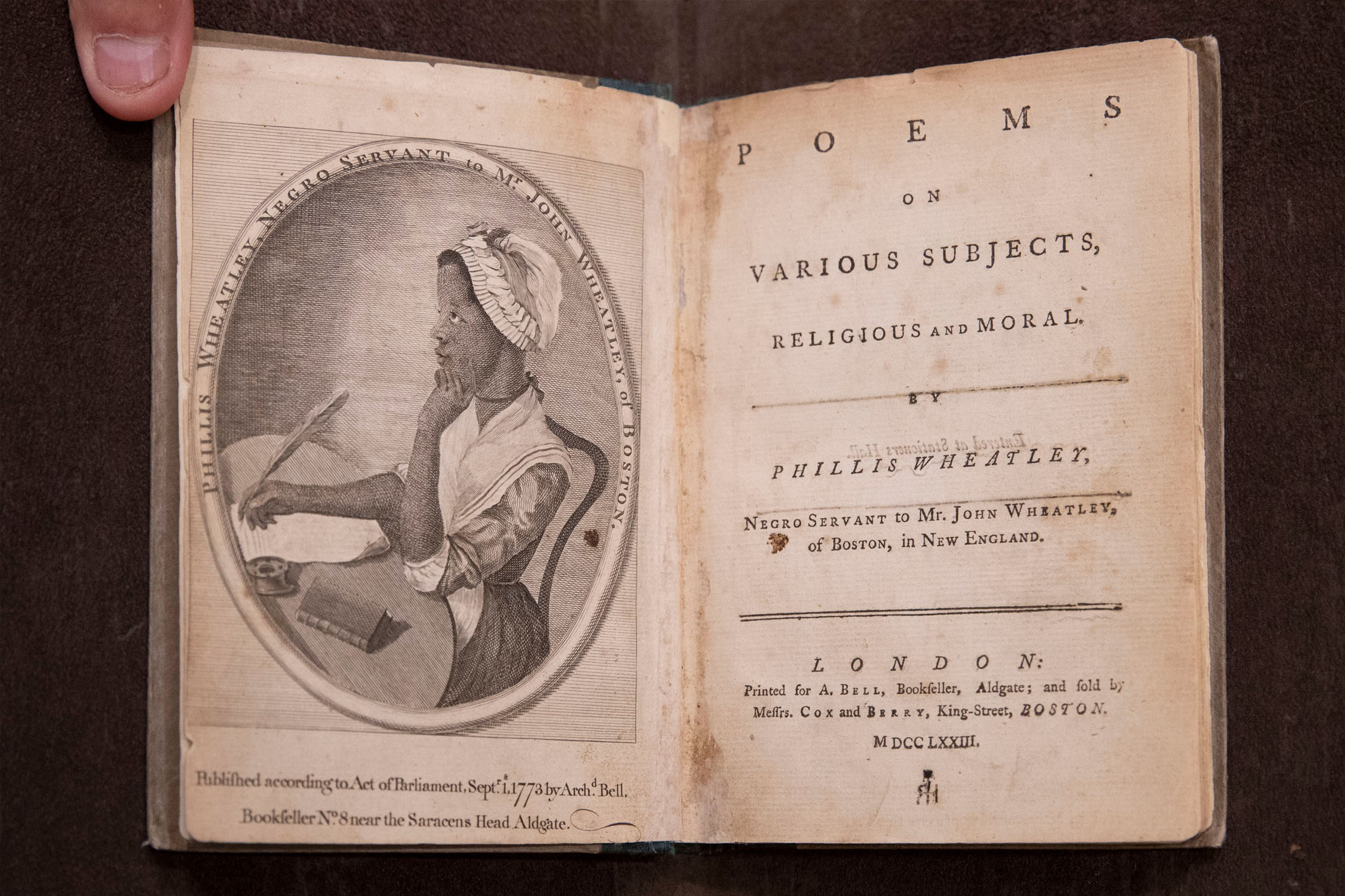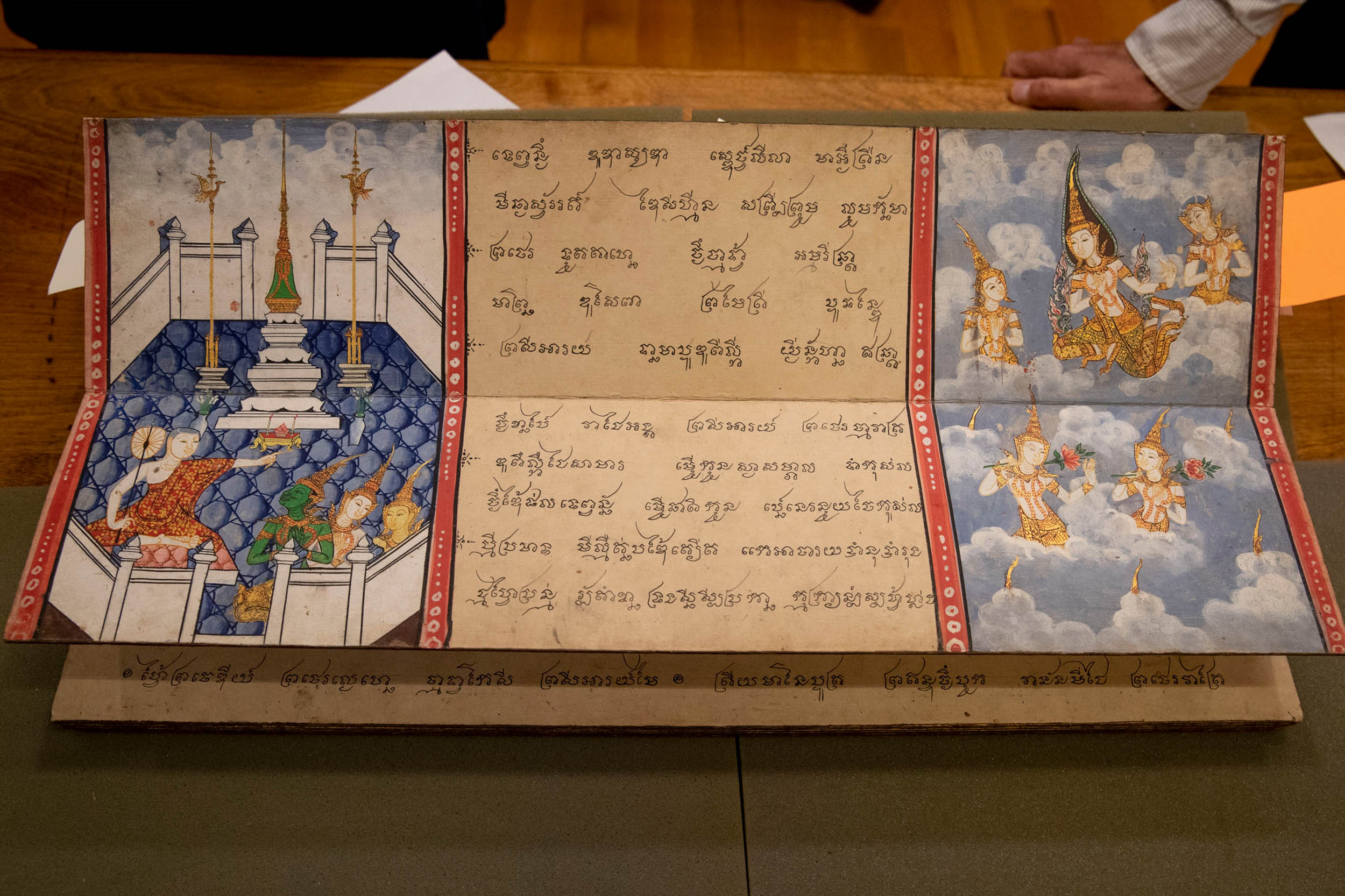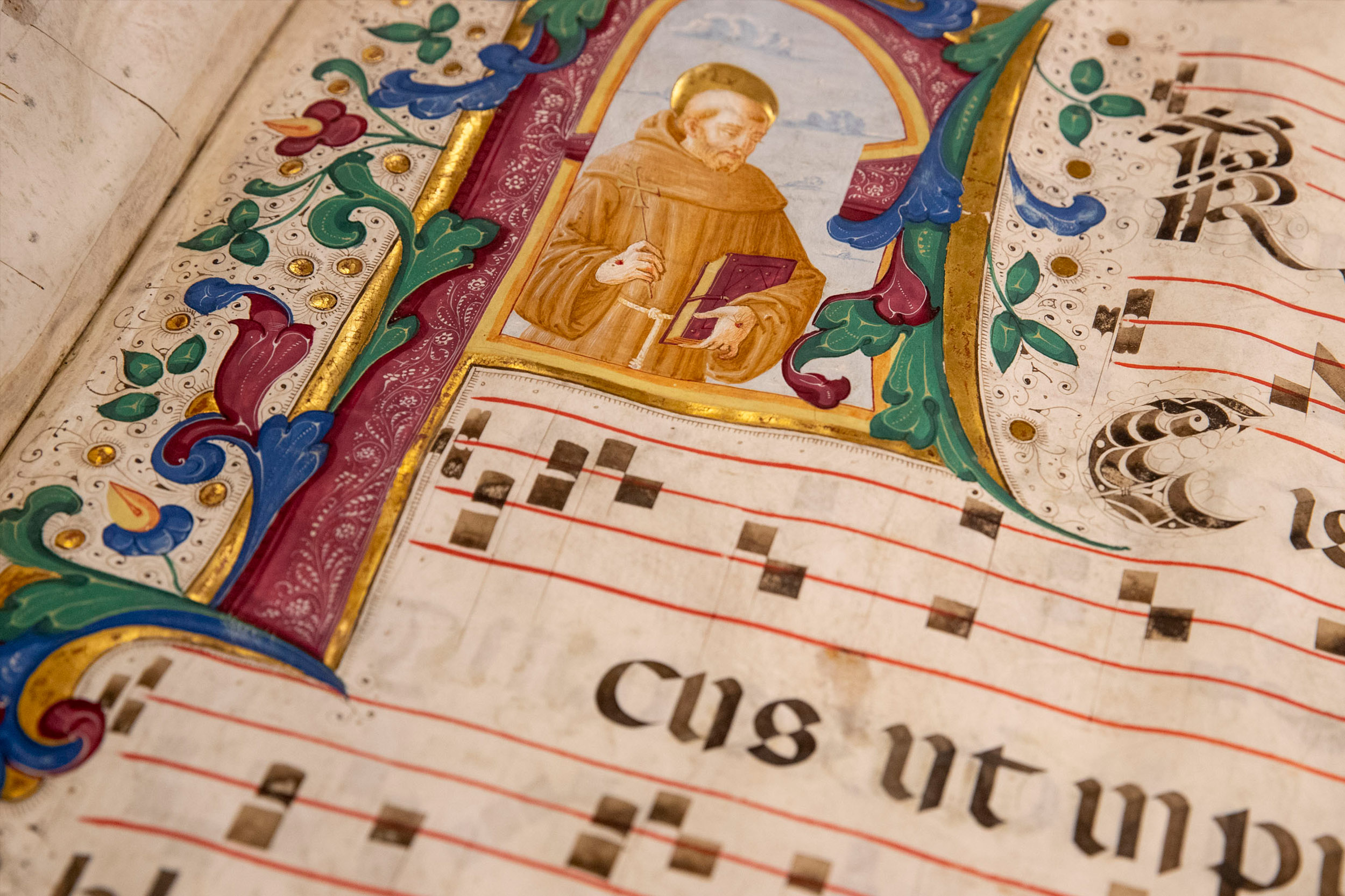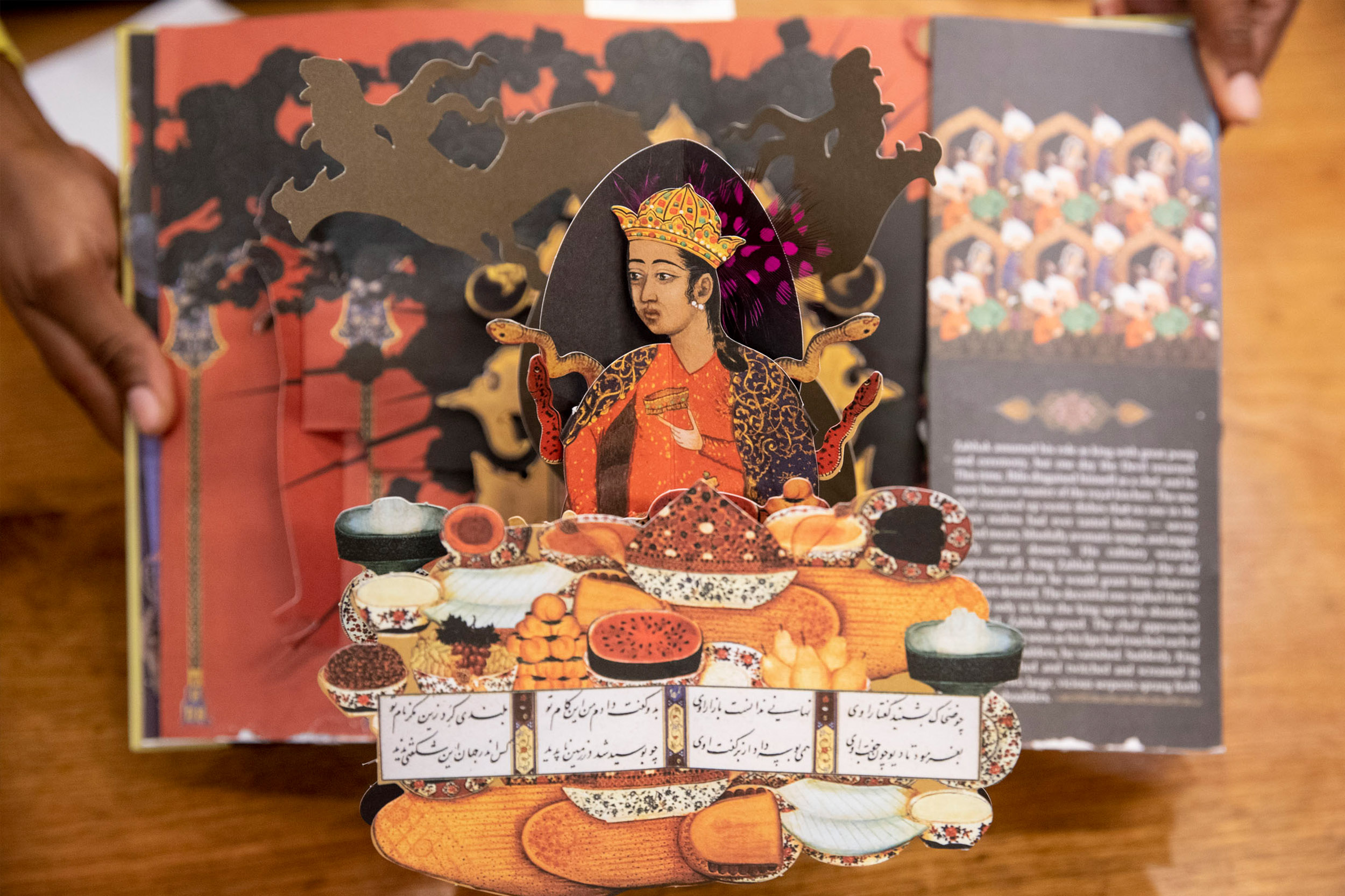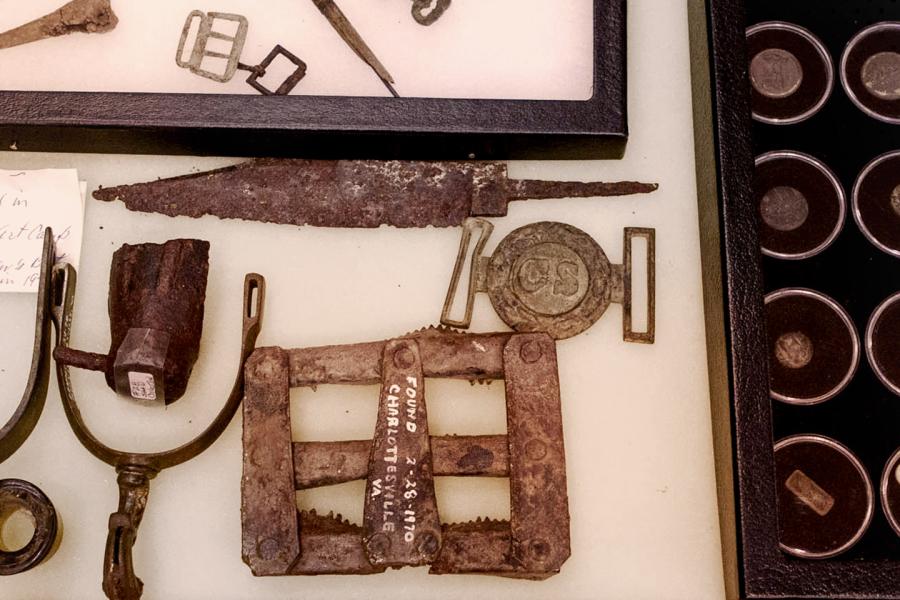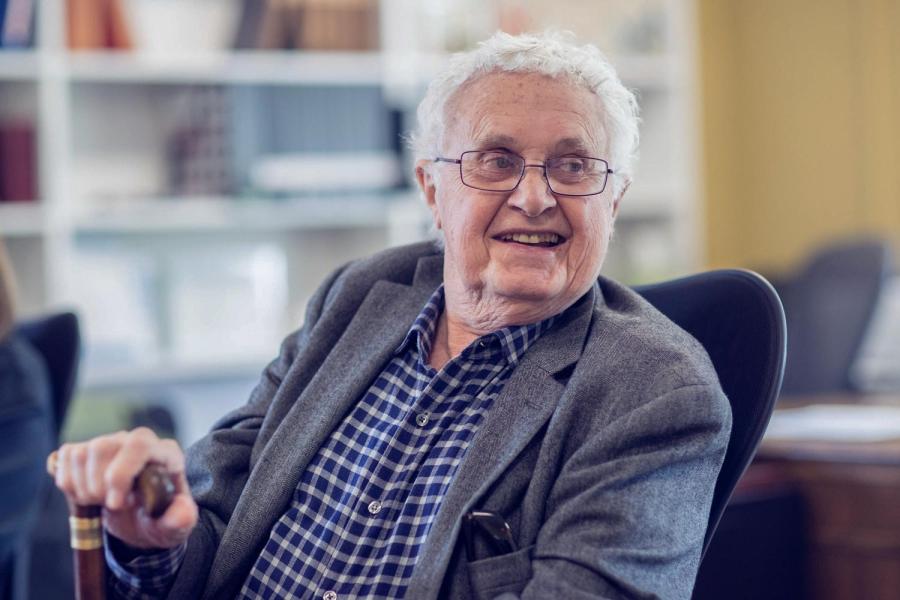Underground and behind many protective barriers lie some of the world’s rarest artifacts.
The University of Virginia’s subterannean Albert and Shirley Small Special Collections Library is not only home to many archived documents penned by Thomas Jefferson or important to University history. The vaults also hold many pieces craved by collectors and museums, and rare artifacts from around the world.
Throughout the year, the Special Collections Library sees many UVA students enrolled in introductory courses, as well as courses that deeply integrate the library’s holdings into students’ research and thesis-writing. For instance, students in “Gender and the Gothic,” a literature course, often come in seeking rare books and documents such as a contract between Gothic writer Anne Radcliffe and her publisher.
